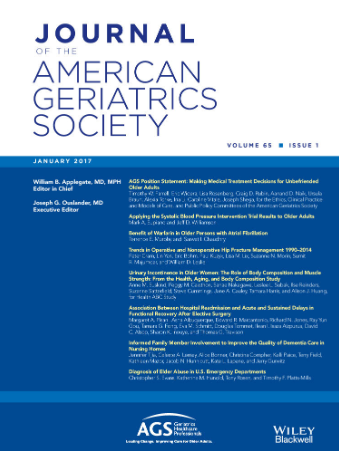Home- and Community-Based Service Use Among Veterans: The National Landscape
Abstract
Background
The Veteran population is aging rapidly, with already higher rates of disability compared to non-Veteran peers. Consequently, demand for home- and community-based long-term services and supports (HCBS) is increasing. Understanding who needs and uses HCBS is particularly important in the Veterans Health Administration (VHA)—a payer for HCBS. Our objective is to describe the characteristics of Veterans who use HCBS, how Veterans who use HCBS differ from those who do not use HCBS, and how Veterans who use different types of HCBS differ from each other.
Methods
We use administrative data for VHA-provided and VHA-purchased care for 2021–2023 in a cohort of Veterans aged 65+. We describe Veteran HCBS users versus nonusers, services used, and the association of Veteran demographic characteristics, health status, and prior health care use on the probability of receiving HCBS using generalized estimating equations with binomial family, logit link, and exchangeable correlation structure.
Results
One in 10 older Veterans uses at least one HCBS service, and this share is growing over time. Veterans use home health care and homemaker/home health aide services the most. Most Veterans receive one service. We find that Veterans who are female, Black, or diagnosed with dementia are more likely to use HCBS, while Veterans residing in rural areas are less likely.
Conclusions
Like the challenges facing the aging civilian population, the VHA faces the test of meeting the growing demand for HCBS. Understanding these dynamics is essential to ensuring that HCBS is both accessible and effective in supporting Veterans.



 求助内容:
求助内容: 应助结果提醒方式:
应助结果提醒方式:


